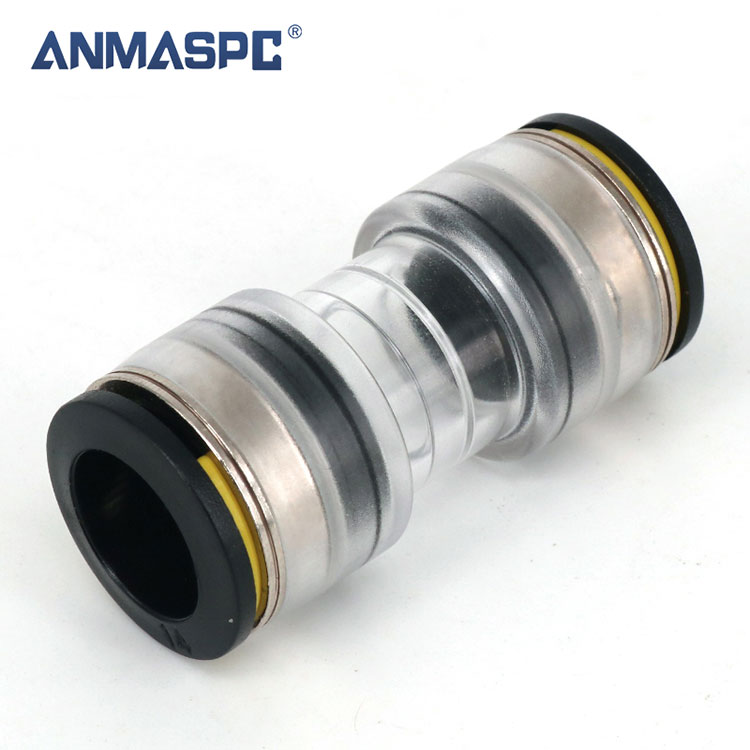Benefits of HDPE Microduct Straight Optic Connectors
2024-05-22
An HDPE microduct straight optic connector is a specialized fitting used in fiber optic cable installations. It is designed to join or extend microducts made of High-Density Polyethylene (HDPE) to ensure a secure and sealed pathway for fiber optic cables. Here's a detailed overview of its features, benefits, applications, and installation considerations:
Features
1. Material:
- Made from high-quality HDPE or other durable plastics to match the microduct material.
- Resistant to environmental factors such as UV radiation, moisture, and temperature fluctuations.
2. Design:
- Straight connectors provide a direct, in-line connection between two microducts.
- Usually features a push-fit or compression mechanism for easy installation and a secure fit.
3. Sealing:
- Equipped with O-rings or gaskets to ensure airtight and watertight seals, preventing the ingress of dirt and moisture.
4. Sizes:
- Available in various sizes to match different microduct diameters, commonly ranging from 5mm to 16mm.
5. Color Coding:
- Some connectors are color-coded for easy identification and to match specific microduct types or sizes.
Benefits
1. Easy Installation:
- Quick and straightforward to install, typically requiring no special tools.
- Push-fit or compression fittings allow for rapid deployment and reconfiguration.
2. Reliable Performance:
- Provides a secure and stable connection that maintains the integrity of the fiber optic pathway.
- Ensures protection against environmental factors that could damage the fiber cables.
3. Flexibility:
- Suitable for both indoor and outdoor installations.
- Can be used in various configurations to extend or repair microduct networks.
4. Cost-Effective:
- Reduces labor costs and installation time compared to other types of connectors.
- Durable and long-lasting, reducing the need for frequent replacements.
Applications
1. Telecommunications:
- Used in the deployment of fiber optic networks for high-speed internet, telephone, and television services.
2. Data Centers:
- Facilitates the routing and protection of fiber optic cables within data centers.
3. Residential and Commercial Buildings:
- Supports fiber-to-the-home (FTTH) and fiber-to-the-building (FTTB) installations.
4. Industrial Sites:
- Utilized in industrial environments where robust and reliable fiber optic connectivity is required.
Installation Considerations
1. Preparation:
- Ensure that the microduct ends are clean and free of debris before connecting.
- Cut the microducts straight to ensure a proper fit and seal.
2. Insertion:
- Insert the microduct ends into the connector until they reach the internal stop.
- For push-fit connectors, ensure a firm push until the microduct is securely seated.
3. Sealing:
- Check that the O-rings or gaskets are properly seated to prevent leaks.
- Ensure the connectors are fully tightened if they have compression fittings.
4. Testing:
- After installation, test the connected microducts to ensure there are no air leaks and that the fiber optic pathway is unobstructed.
5. Maintenance:
- Periodically inspect the connectors for any signs of wear or damage.
- Replace connectors if they become damaged or if the seal is compromised.
Conclusion
HDPE microduct straight optic connectors are essential components in modern fiber optic networks, providing a reliable, easy-to-install solution for joining microducts. Their durability, ease of use, and protective features make them ideal for a wide range of applications, from telecommunications to industrial settings. Proper installation and maintenance of these connectors ensure the longevity and performance of fiber optic systems.



